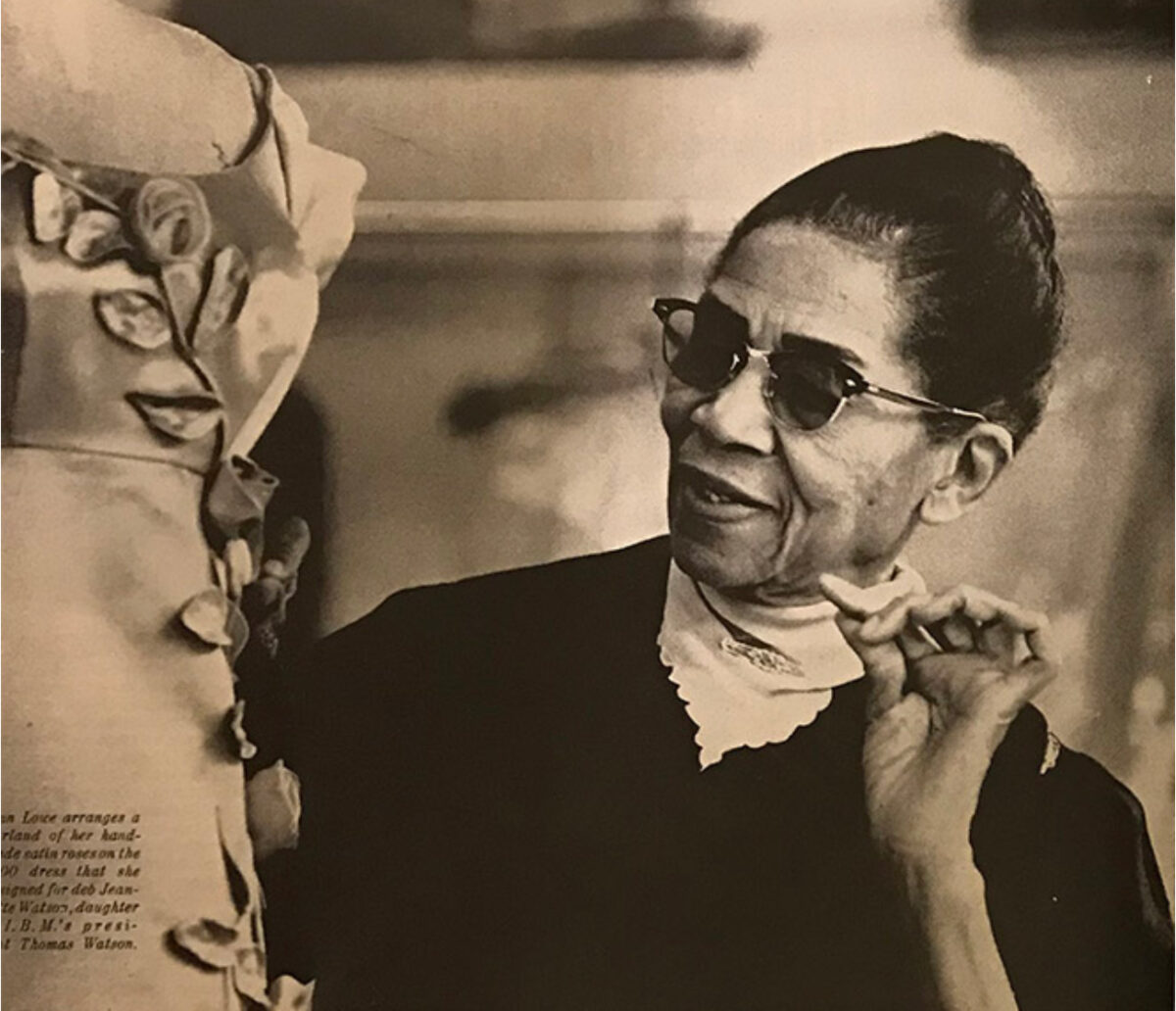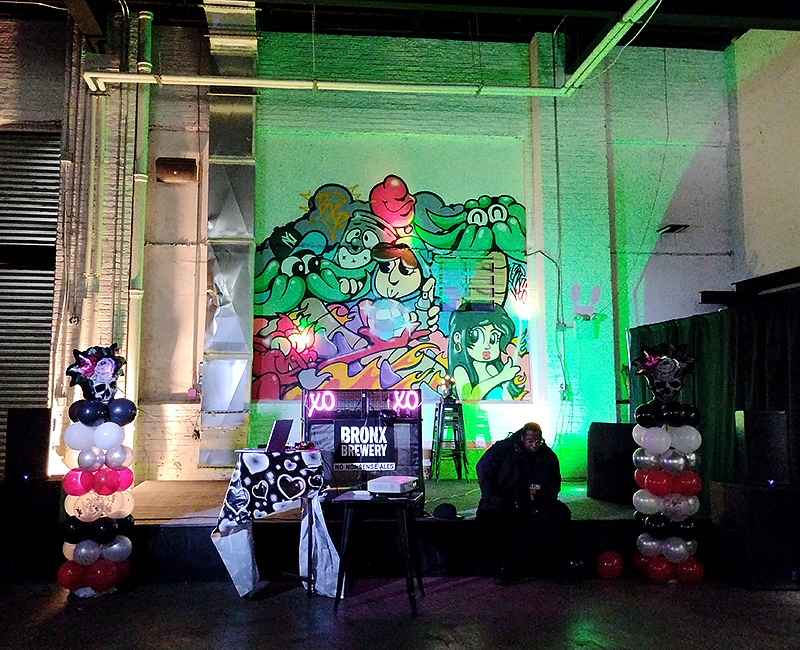by Joselin Pichardo
For hundreds of years it was believed that the Indigenous peoples of the Caribbean had been wiped out, that no trace of them remained anywhere. Not so. Today, Tainos walk among us and there is DNA to prove it.
So why was it believed that Tainos were extinct?
“They went underground to survive. They intermarried by choice or by rape and didn’t talk about their origins because it was taboo,” Louis Ramos said, a social worker, chaplain and a Taino, “They kept their customs alive by speaking their language, continuing to eat their traditional foods, playing their traditional music, and relating to their families as they always had.”
One way that Ramos honors his Taino heritage is by having a Taino name, Iukibuel, which means the son of Iukibu. Iukibu was a fierce Taino warrior who valiantly fought the Europeans and died defending his people in the shores of Puerto Rico. Most people get their Taino name from a loved one. Ramos named his son, Deminan and his daughter Ananí.
A recent study conducted in Puerto Rico by geneticist Dr. Juan Carlos Martinez-Cruzado from University of Puerto Rico Mayaguez found that 61% of Puerto Rican people have Amerindian Mitochondrial DNA. The kind of DNA is passed down by women and it suggests that more than half of the population have Taino ancestry. A similar preliminary study in the Dominican Republic found that 15% to 18% of the people of Las Lagunas de Nisibon, a town in the eastern part of the island, have similar DNA.
Scholars, such as Gabriel Haslip-Viera disagree. In his paper entitled The Politics of Taino Revivalism…he maintains that this 61% is really not significant and “that mitochondrial DNA is a very poor analytical tool for [the] use in determining the actual biological history of ethnically mixed population….”
Jorge Estevez, Participant Coordinator of the National Museum of the American Indian and a self-proclaimed Taino admits that although DNA is an important marker a more telling fact is the material culture that has survived: 3,200 words with Taino roots still in use today, such as maní, (peanut), tiburón (shark) and manatí (manatee); the art of casabe bread-making, and the music legacy of “el guiro”, an instrument heavily used in Merengue, Salsa and Bachata.
Estevez hails from the Dominican Republic, Quisqueya and relishes the opportunity to teach others about Taino culture. He especially enjoys teaching Dominican children, because they know all about ‘el guayo’ (grate, a cooking instrument used to grate food), about the yucca. What the kids don’t know is that all those materials originated with the Taino.
Tainos introduced to the Europeans many of the important foods used in modern day cooking such as corn, pepper, yams and yucca, their staple food.
“There are 26 varieties of yucca, of the sweet yucca, which can be boiled, fried or baked, but believe it or not the most important one to us is the poisonous yucca, from which we make casabe bread, which never goes bad, never spoils”, said Estevez.
When the Spaniards arrived in the Caribbean more than 500 years ago casabe bread helped them survive, because unlike the bread they brought from Spain, it will not spoil. The classic Tainos were the Indigenous people Christopher Columbus encountered in the Caribbean in 1492. Columbus named ‘Indians’ because he assumed he had arrived at his destination, India, but he had actually stumbled upon America.
“On October 11, 1492, only people lived in the islands of the Caribbean and after October 12, 1492 ‘Indians’ inhabited those lands, Columbus was lost, [while] the Tainos were home, so who discovered whom? The Tainos discovered Columbus,” said Estevez, who disagrees with the perspective that Christopher Columbus discovered America
In the early 1990s there was an explosion of Indigenous people uniting and organizing to formally protest the upcoming anniversary of the 500 years of Columbus “discovery” of America in 1992.
“Enough. We’re not going to hide anymore. We’re willing to write articles, we’re willing to do ceremonies, we’re willing to go to schools and make presentations”, Ramos said.
Bobby Gonzalez, a Native American Storyteller and Taino remembers a time when people did not know what a Taino was, “In 1989, when we would go to Native gatherings, they would ask, ‘Tainos? What’s a Taino?’ And now they say ‘Tainos are everywhere!’ “The Taino nation is a country that transcends physical boundaries.”
Gonzalez has always known he is a Taino. His parents instilled in him pride for his culture. Today, he continues to honor his culture every day by educating people about Taino and other indigenous cultures of Latin America and the Caribbean. He speaks at universities, elementary schools, libraries and any other places that would like to learn about this subject.
Tainos are also reaching out to each other cyberspace. This new technology is enabling them to reconnect to their past and to each other. Estevez used the expression “cyber meeting ground.”
Ramos created The Taino Earth Prayer Lodge Society website “to unite people who are starving for spirituality, starving to say I don’t have to hide anymore, behind that Roman Catholic statue,” said Ramos. His dream is to have a storefront or designated park where Tainos and other natives can meet and share their culture and such values as the importance of food to nourish and unite the family, the importance of storytelling to communicate and pass down information and finally the importance of judging people by their actions, which is still alive and well.
“You’re one with the earth, one with your family, one with your job, [it means] not selling out the earth mother, [or] your family in other words not pollute, not be corrupt, being ‘buena gente’ when a person says, ‘esa persona es buena gente, that person is good peoples’ that is a Taino expression. In fact the meaning of the term ‘Taino’ means good people”, said Ramos.
Tainos are reclaiming their heritage, their past, and their history. They are keeping their customs and wisdom alive for future generations, so that tomorrow these generations know that their people fought the conqueror and did not lose. They are still here, even if history books say otherwise.
“Everyone should respect everyone else’s story even if they disagree with it,” said Gonzalez. He ends by saying, “Draw on your heritage to empower yourself to succeed. Look at the experiences of your ancestors, their accomplishments, the challenges they overcame and tell yourself you can do as well or better.”
BOX 1: Did you know that these words have Taino roots?
Chinchin-Means a little bit as in “Dame un chinchin”, “Give me a little bit.”
Nacariles-Means “That’s it. I’m done talking.”
Maco-Another word for sapo, frog.
Guayo=Grate
Hamaca=Hammock
Tabaco=Tobacco
BOX 2: Steps to Casabe Bread-making:
1. Grate the poisonous yucca using a guayo (grater) which in the old days was made of clay.
2. Take the mulch, which is called catibia and place it inside the Cibucan.
3. Squeeze out all the Naiboa (poison-which happens to be cynide) using the cibucan.
4. The catibia is now sifted using a Jibe (strainer) to get out all the yucabei (big chunks) left after the initial grating.
5. The catibia is then placed outside to be sundried. Once dried the catibia which is now flour is ready to be cooked into casabe.
6. The catibia is spread on top of a buren (griddle) which is usually made of clay or stone and preheated. Using a bottom shell of a hicotea (turtle) the catibia is spread on the buren using a circular motion. Once the Catibia is thoroughly cooked on both sides, the casabe bread is ready to be eaten.
7. The best thing about the casabe is that it never spoils!!!
BOX 3: If you want more information please check out the following information:
1. Bobby Gonzalez’ websites: http://www.bobbygonzalez.com/ and http://thelastpuertoricanindian.com
2. Jorge Estevez (Taino) at the National Museum of the American Indian, One Bowling Green, New York, NY 10004, (212) 514-3716, Estevezj@si.edu
3. Louis Ramos’ The Taino Earth Prayer Lodge Society Website at: http://tepls.2itb.com/
4. United Confederation of Taino People at the website: www.uctp.org







No comments